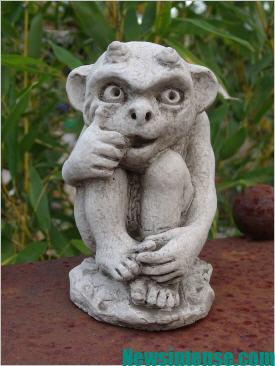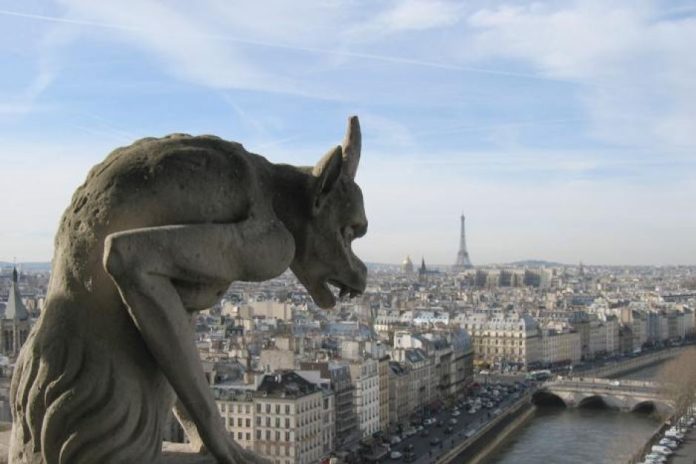Gargoyles are demonic figures that originally served as gargoyles. They used to be attached to the outside of sacred buildings to protect people from evil forces. Gargoyles are now popular as garden figures: made of clay or cast stone, they serve as guards in the garden.
Gargoyles are often depicted with animalistic bodies and faces. Usually also with wings, which are not suitable for flying. Gargoyles also have a mysterious reputation for being able to protect people from evil spirits and demons. By holding up a kind of mirror to the creatures of the underworld through their devilish appearance and persuading them to turn back. In the past, these beings protected sacred buildings and their followers from evil forces. Gargoyles can still be found at many churches and monasteries today.
Are gargoyles evil?
Gargoyles are guardian spirits for house and yard. They are on the outside of churches, never inside. Gargoyles have a reputation for being protectors. Her demonic appearance is said to hold up a mirror to the spirits and demons and scare them away, thus protecting the buildings from evil forces.
Where do the gargoyles come from?
In fact, the first ‘classical’ gargoyle figures came from France around 1150 AD. As the Gothic style of architecture grew in popularity, gargoyles became popular as a decorative element throughout the rest of Europe.

What material are gargoyles made of?
Gargoyles are often made of cast stone, also called two-component cast stone . Make sure that the stone figures do not stand in the water. Because freezing water has such power that it can even blast solid rock. From autumn onwards, place the gargoyles a little higher, for example on wooden strips, stones or similar. This way the water can drain off easily.


